- Home >
- T.A. Sciences Ta - 65 - 90 V-Caps - T.a. Sciences
Ta - 65 - 90 V-Caps - T.a. Sciences

We're sorry, we no longer carry this item.
Check These out
Suggested, Similar, & Related Products:
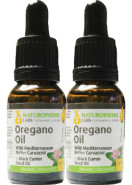
Sale: $14.99
Reg.: $24.99 (Save $10.00)
(Click Add to Select Bonus)

Sale: $12.79
Reg.: $14.65 (Save $1.86)

Sale: $49.99
Reg.: $99.99 (Save $50.00)
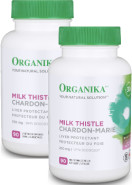
Sale: $27.99
Reg.: $55.99 (Save $28.00)
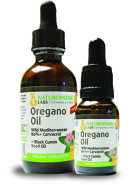
Sale: $29.99
Reg.: $39.99 (Save $10.00)
(Click Add to Select Bonus)

Sale: $39.99
Reg.: $69.99 (Save $30.00)
(Click Add to Select Bonus)
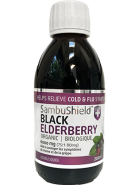
Sale: $19.99
Reg.: $29.99 (Save $10.00)

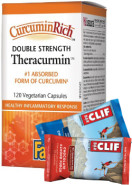
Sale: $79.97
Reg.: $99.99 (Save $20.02)
(Click Add to Select Bonus)
Or, Shop our Latest Deals:
Shop Now >- 3200mg*
- Astragalus root 100:1 extract
- 8 mg
- (Astragalus membranaceus)
Other ingredients:
Hypromellose, cellulose, silicon dioxide
Format
 Veggie Caps
Veggie Caps
90vcaps
Dosage
Adults: Take 1 - 4 capsules per day, or as directed by a health care practitioner.
Important Information
Consult a health care practitioner prior to use if you are pregnant or breastfeeding, if you have an auto-immune disorder, or a serious disease. Not to be taken by people under 25 years of age.
- Supports immune health.
- Slows the aging process.
- Helps promote and maintain telomere longevity.
- The most pure and isolated form of TA-65 derived from the Astragalus root.
- Vegetarian-friendly.
Related Videos
No Related VideosRelated Articles
Articles by a naturopathic doctor.
We used to carry T.A. Sciences and its associated products, but we no longer offer them. We are always looking for new and exciting products to bring to our customers. In the list below, you can view products from T.A. Sciences that we no longer carry and check out alternative products that may meet your requirements.
There are trillions of cells in our body and at any given time a great number are dividing furiously to keep us alive and well. The process is directed by genes sitting on the 23 pairs of chromosomes found in the nucleus of each and every cell. The chromosomes are long sequences of DNA that contain all our genetic material. Each pair of chromosomes consists of one from your mother and one from your father and they are twisted around each other to form a structure called the double helix.
Of particular interest to the scientists at T.A. Sciences are the ends of each chromosome known as telomeres. Telomeres have no genetic function; they are simply stretches of DNA (repeats of base pairs) that protect the rest of the chromosome. These little bits of DNA are critical to healthy cell function and have been likened to the plastic tips on shoelaces because they prevent the chromosome from "fraying."
However, telomeres become progressively shorter each time the cell divides. When they get too short, cells reach replicative senescence and can no longer divide. The result can be the various conditions associated with old age.
Scientists have only recently begun to understand the critical importance of shortened telomeres. Research has shown that people over sixty who have long telomeres experience greater heart and immune system health than their age-matched counterparts with shorter telomeres. Thus, it is becoming well-understood that maintaining telomere length is preventing age-related decline.
The phenomenon of cellular aging was first noted by Professor Lenhard Hayflick in 1961. He discovered that cells cannot divide beyond a specific number of times. This is called the Hayflick Limit. Cells reaching this limit become old. Although Professor Hayflick discovered this important scientific principle, he had no idea what caused it.
It took almost thirty more years before the role telomeres play in cellular aging was finally understood. In 1990, Calvin Harley at McMaster University in Canada and Carol Greider at Cold Spring Harbor Laboratory in the USA discovered that telomere shortening goes hand-in-hand with the aging process and is the direct cause of cells reaching the Hayflick Limit.
- Reviews
- POST A NEW REVIEW
Tell everyone what you think about this item!















